A successful suckler cow ticks three boxes. Firstly, she calves on the button every year, maintaining that crucial 365-day interval. Next, she behaves herself: handling her should involve zero risk and she cannot be a drain on labour. Finally, she weans a good-quality, heavy calf each year based both on her milk-producing capacity and her own genetic makeup.
On stars, you’ll find that if a cow consistently does these three things, her replacement index value will climb if it hasn’t already done so.
Gap year
While all of these criteria can be affected by management, it is the first that we as farmers can exert the most influence on, both negatively and positively. The average cow in Ireland calves every 399 days. While this figure is startling, what’s skewing it are hobby herds and passenger cows being given the opportunity to take a brief career break, or gap-year from calving, if you like.
In a 20-cow herd, where 18 cows have a 365-day interval and for some reason two cows are carried over for a year without calving, the herd’s average calving interval will be over 400 days. But whether a bad herd-calving interval is attributed to two or 20 cows, the costs will still be the same. Teagasc estimates that every day beyond the 365-day calving interval costs €2.20 per cow – over €1,500 in our 20-cow herd. This additional cost takes into account the unproductive cow’s drain on resources as well as the lost potential weaning weight resulting from a later calving date.
The period between calving and first subsequent heat is termed the postpartum interval (PPI) and keeping this as short as possible is what maintains a 365-day calving interval.

Not a good time
While the cow-calf bond (see opposite) plays a role in shortening the PPI, nutritional management of our cow has the biggest bearing. In simple terms, a cow’s body fat percentage affects her hormonal balance. The brain will pick up on these imbalances where a cow is too thin following calving and divert her system toward primal instincts - “I am under pressure, now is not a good time to get pregnant again.”
Likewise, when a cow is fat at calving, she will inevitably experience condition loss in the weeks after calving. Again, her primal instincts kick in, detecting this rapid condition loss and putting the reproductive system on a temporary standby.
After calving, we have 80 days to get our cow pregnant again and maintain a 365-day interval. A PPI of 55 days is considered short. This would give us two opportunities to successfully breed the cow, given normal cycles, within the 80 days. Unfortunately, trying to influence PPI through nutrition post-calving is a bit like learning to drive the day before your driving test – likely too little, too late. The reality is that nutritional PPI management starts the previous winter at housing. However, though it is late in the day, there are steps that can be taken to try and offset an inadequate calving body condition score.
Fifty per cent jump
The diagram outlines nutritional targets based on calving date and cow condition at calving. For cows in optimal condition at calving, early calvers (January to mid-February) will likely require some concentrate supplementation until they can get to grass. Following calving, a cow’s energy requirement rises by 50% – even more so in animals with high milk-production potential.
In the initial weeks post-calving, she will struggle to get enough energy in to meet this demand. A small amount of condition loss, in the region of 0.5 of a BCS or 15-20kg of liveweight post-calving is fine. However, early calving herds risk losing more than this on silage-only diets, unless they can get cows and calves to grass within four to five weeks of calving. Hence the supplement advice. Increase supplementation rates where cows are thin at calving and for heifers.
We can be a bit meaner with later-calving cows. They’ll likely get to grass sooner than those calving earlier and thus shouldn’t require supplementation after calving unless they are thin or on their maiden lactation.
Magnesium
If our cow is an engine, minerals and vitamins are the nuts and bolts that hold her together. Mineral supplementation post-calving is vital for both the prevention of grass tetany (magnesium) and fertility (copper, selenium, iodine, cobalt, vitamin E). The majority of mineral lick buckets will supply enough of these compounds, provided our cow actively visits and consumes the bucket. In my experience, some animals will not care for them and I have witnessed cases of grass tetany in fields containing three mineral buckets. Cows are poor at storing magnesium and need around 30g (60g calmag) almost every day. Unfortunately, unless you notice it yourself, it will often take a case of tetany to pick up on these cows but if and when you do identify these animals, separate and offer a magnesium nut to them. It may be worthwhile making up a group of bucket-hating cows and your best cows and feeding them magnesium nuts in the field daily until breeding is finished. When they get used to the routine of feeding, they can be easily rounded up for AI.
Of course, boluses and water-borne mineral systems can be used to deliver magnesium to our cow. Take care when using the latter as cattle are prone to visit the drinker less later in the year, particularly on wet days.
While the focus of this article is on nutrition, the cow-calf bond must be mentioned when it comes to shortening the PPI. Through hormonal feedback mechanisms, this bond works against the cow’s reproductive cycle – “What do you want to go in-calf again for, sure you’ve got one here beside you?”
By weakening this bond we can help to jump-start the reproductive system and shorten the PPI. In a spring-calving herd this isn’t easy, given that animals will be grazing. But simple things like introducing two tall posts into a temporary fence line that allows small calves to creep through into the next grazing area will help it. There are also some exceptional Irish farmers who practice AI, bringing all of their cows through the yard every morning and drafting calves off through specially designed creep gates on the way.
A small amount of meal helps to entice calves and while it sounds like a lot of work, after seven to 10 days it happens like clockwork. Farmers are killing two birds, getting to use the most suitable genetics for every individual cow via AI as well as breaking the cow-calf bond and shortening the PPI. Teagasc research shows that restricted suckling regimes can shorten the PPI by around 20 days.
Read more
Special focus: sucklers
A successful suckler cow ticks three boxes. Firstly, she calves on the button every year, maintaining that crucial 365-day interval. Next, she behaves herself: handling her should involve zero risk and she cannot be a drain on labour. Finally, she weans a good-quality, heavy calf each year based both on her milk-producing capacity and her own genetic makeup.
On stars, you’ll find that if a cow consistently does these three things, her replacement index value will climb if it hasn’t already done so.
Gap year
While all of these criteria can be affected by management, it is the first that we as farmers can exert the most influence on, both negatively and positively. The average cow in Ireland calves every 399 days. While this figure is startling, what’s skewing it are hobby herds and passenger cows being given the opportunity to take a brief career break, or gap-year from calving, if you like.
In a 20-cow herd, where 18 cows have a 365-day interval and for some reason two cows are carried over for a year without calving, the herd’s average calving interval will be over 400 days. But whether a bad herd-calving interval is attributed to two or 20 cows, the costs will still be the same. Teagasc estimates that every day beyond the 365-day calving interval costs €2.20 per cow – over €1,500 in our 20-cow herd. This additional cost takes into account the unproductive cow’s drain on resources as well as the lost potential weaning weight resulting from a later calving date.
The period between calving and first subsequent heat is termed the postpartum interval (PPI) and keeping this as short as possible is what maintains a 365-day calving interval.

Not a good time
While the cow-calf bond (see opposite) plays a role in shortening the PPI, nutritional management of our cow has the biggest bearing. In simple terms, a cow’s body fat percentage affects her hormonal balance. The brain will pick up on these imbalances where a cow is too thin following calving and divert her system toward primal instincts - “I am under pressure, now is not a good time to get pregnant again.”
Likewise, when a cow is fat at calving, she will inevitably experience condition loss in the weeks after calving. Again, her primal instincts kick in, detecting this rapid condition loss and putting the reproductive system on a temporary standby.
After calving, we have 80 days to get our cow pregnant again and maintain a 365-day interval. A PPI of 55 days is considered short. This would give us two opportunities to successfully breed the cow, given normal cycles, within the 80 days. Unfortunately, trying to influence PPI through nutrition post-calving is a bit like learning to drive the day before your driving test – likely too little, too late. The reality is that nutritional PPI management starts the previous winter at housing. However, though it is late in the day, there are steps that can be taken to try and offset an inadequate calving body condition score.
Fifty per cent jump
The diagram outlines nutritional targets based on calving date and cow condition at calving. For cows in optimal condition at calving, early calvers (January to mid-February) will likely require some concentrate supplementation until they can get to grass. Following calving, a cow’s energy requirement rises by 50% – even more so in animals with high milk-production potential.
In the initial weeks post-calving, she will struggle to get enough energy in to meet this demand. A small amount of condition loss, in the region of 0.5 of a BCS or 15-20kg of liveweight post-calving is fine. However, early calving herds risk losing more than this on silage-only diets, unless they can get cows and calves to grass within four to five weeks of calving. Hence the supplement advice. Increase supplementation rates where cows are thin at calving and for heifers.
We can be a bit meaner with later-calving cows. They’ll likely get to grass sooner than those calving earlier and thus shouldn’t require supplementation after calving unless they are thin or on their maiden lactation.
Magnesium
If our cow is an engine, minerals and vitamins are the nuts and bolts that hold her together. Mineral supplementation post-calving is vital for both the prevention of grass tetany (magnesium) and fertility (copper, selenium, iodine, cobalt, vitamin E). The majority of mineral lick buckets will supply enough of these compounds, provided our cow actively visits and consumes the bucket. In my experience, some animals will not care for them and I have witnessed cases of grass tetany in fields containing three mineral buckets. Cows are poor at storing magnesium and need around 30g (60g calmag) almost every day. Unfortunately, unless you notice it yourself, it will often take a case of tetany to pick up on these cows but if and when you do identify these animals, separate and offer a magnesium nut to them. It may be worthwhile making up a group of bucket-hating cows and your best cows and feeding them magnesium nuts in the field daily until breeding is finished. When they get used to the routine of feeding, they can be easily rounded up for AI.
Of course, boluses and water-borne mineral systems can be used to deliver magnesium to our cow. Take care when using the latter as cattle are prone to visit the drinker less later in the year, particularly on wet days.
While the focus of this article is on nutrition, the cow-calf bond must be mentioned when it comes to shortening the PPI. Through hormonal feedback mechanisms, this bond works against the cow’s reproductive cycle – “What do you want to go in-calf again for, sure you’ve got one here beside you?”
By weakening this bond we can help to jump-start the reproductive system and shorten the PPI. In a spring-calving herd this isn’t easy, given that animals will be grazing. But simple things like introducing two tall posts into a temporary fence line that allows small calves to creep through into the next grazing area will help it. There are also some exceptional Irish farmers who practice AI, bringing all of their cows through the yard every morning and drafting calves off through specially designed creep gates on the way.
A small amount of meal helps to entice calves and while it sounds like a lot of work, after seven to 10 days it happens like clockwork. Farmers are killing two birds, getting to use the most suitable genetics for every individual cow via AI as well as breaking the cow-calf bond and shortening the PPI. Teagasc research shows that restricted suckling regimes can shorten the PPI by around 20 days.
Read more
Special focus: sucklers






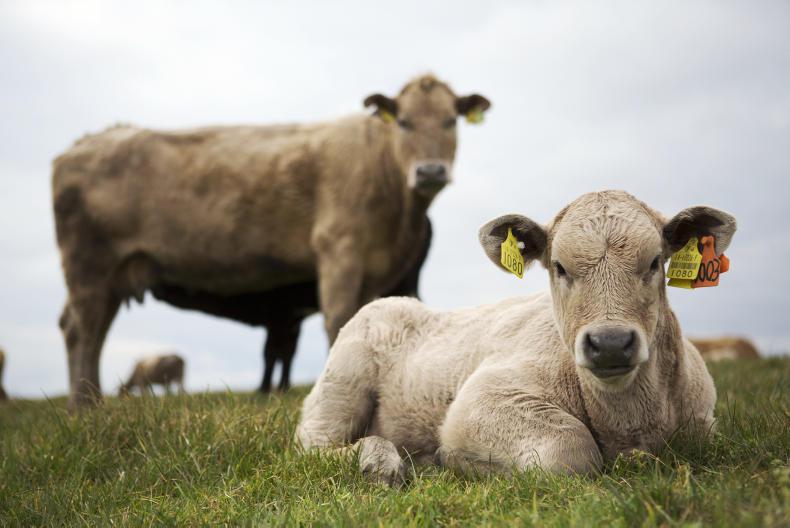
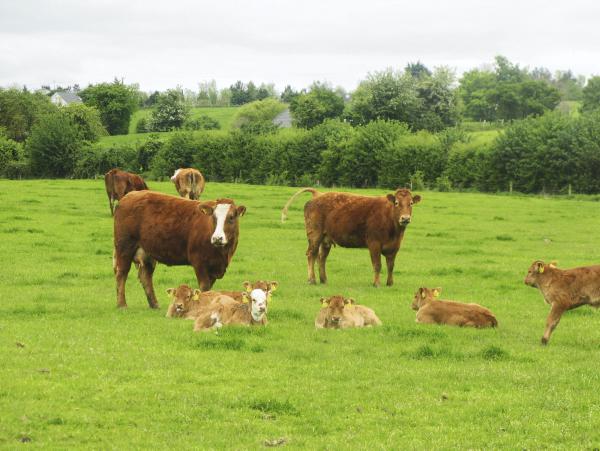

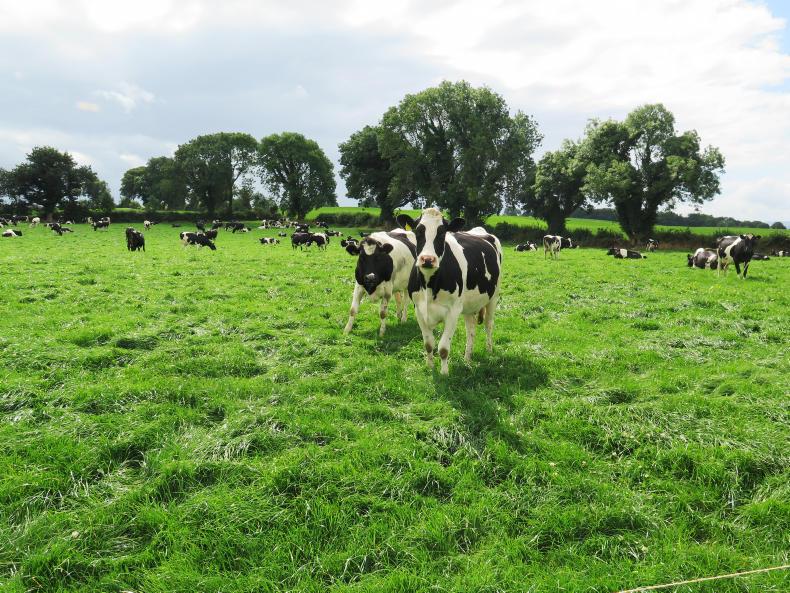
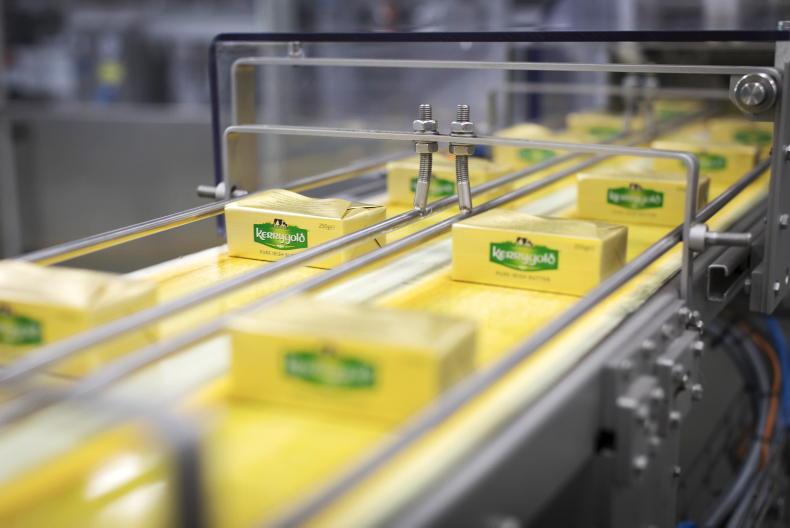
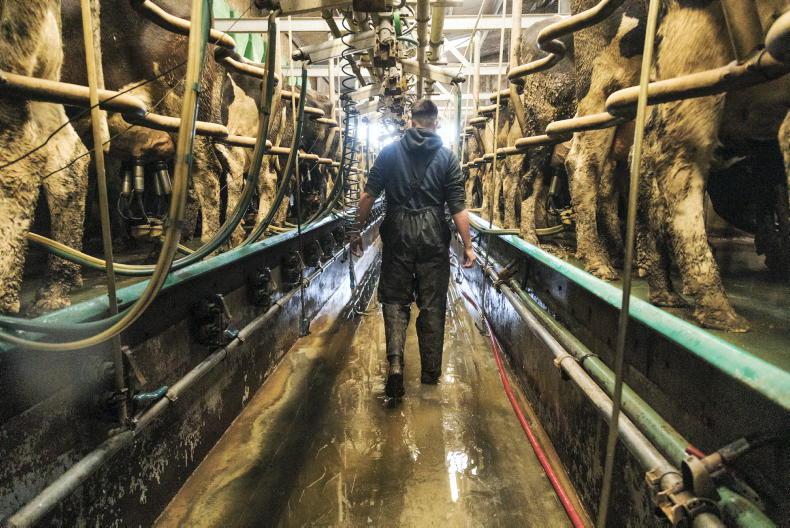
SHARING OPTIONS